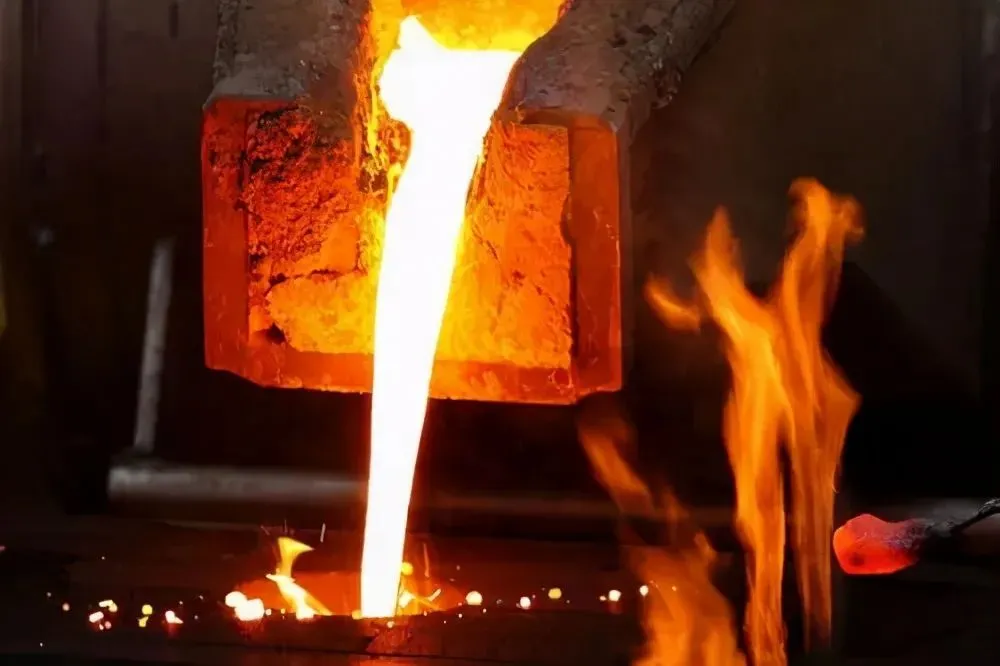Mobile:+86-311-808-126-83
Email:info@ydcastings.com
English
Innovative Solutions for Manufacturing High-Quality Bearing Housing Castings in Modern Applications
The Importance of Bearing Housing Casting in Modern Manufacturing
Bearing housing casting plays a pivotal role in the efficiency and reliability of various machinery, especially in industries such as automotive, aerospace, and heavy machinery. The bearing housing serves as the essential component that supports rotating shafts, facilitating smooth motion and reducing friction. The casting process involved in producing these housings is critical to ensuring durability, strength, and precision.
Understanding Bearing Housing Casting
At its core, bearing housing casting is the manufacturing process that involves producing a bearing housing by pouring molten metal into a mold. This process can utilize various materials, including cast iron, aluminum, and various alloys, depending on the application requirements. The choice of material significantly affects the final properties of the bearing housing, influencing factors such as weight, thermal conductivity, corrosion resistance, and mechanical strength.
The casting process generally starts with creating a mold, which can be done using various techniques, including sand casting, investment casting, or die casting. Each method has its unique advantages. For instance, sand casting is cost-effective for producing large, complex shapes, while die casting is more suitable for high-volume production of smaller components with tighter tolerances.
Benefits of Proper Casting Techniques
One of the primary advantages of using quality bearing housing casting techniques is the uniformity and repeatability they offer. Modern casting technologies – like computer-aided design (CAD) and computer-aided manufacturing (CAM) – allow for the precise design and production of bearing housings with tight dimensional tolerances. This precision is crucial for the proper functioning of bearings and, ultimately, the entire machinery system.
bearing housing casting

The casting process also significantly affects the mechanical properties of the final product. Properly executed casting can result in a more homogeneous material structure, reducing the likelihood of defects such as porosity or cracks. These defects, if present, can lead to premature failure of the housing, which can result in costly downtimes and repairs. By investing in superior casting methods, manufacturers can enhance the longevity and reliability of their products.
Applications Across Industries
Bearing housings find applications across a multitude of industries. In the automotive sector, they are crucial for the proper functioning of engine components, transmissions, and wheel hubs. In aerospace, where precision and weight are of utmost importance, specialized bearing housings ensure that critical components such as turbines and landing gear operate smoothly and safely. Similarly, heavy machinery relies on robust bearing housings to withstand the demanding conditions of construction and mining operations.
As industries continue to evolve with advancements in technology, the requirements for bearing housing casting will also become more sophisticated. Emerging technologies, such as additive manufacturing and advanced materials science, promise to revolutionize how these components are designed and produced. These innovations could lead to lighter, stronger, and more efficient bearing housings, further pushing the boundaries of what is possible in engineering.
Conclusion
In conclusion, bearing housing casting is an essential element of modern manufacturing that significantly impacts the performance and reliability of various machinery. By employing advanced casting techniques and materials, manufacturers can produce high-quality bearing housings that meet the demanding requirements of diverse industries. As technology continues to advance, the future of bearing housing casting looks promising, poised to deliver even greater efficiency and innovation in the field of manufacturing.
-
Efficient Automobile Water Pump: Reliable Cooling for Engine ManifoldsNewsSep.01,2025
-
Premium Fan Housing & Motor Casing for Optimal AirflowNewsAug.31,2025
-
High-Performance Automobile Water Pump & Electric SolutionsNewsAug.30,2025
-
Expert Stainless Steel Casting | Precision & Durable Metal PartsNewsAug.29,2025
-
Precision Metal Castings: Aluminum, Stainless Steel & Die CastingNewsAug.28,2025
-
Superior Aluminum Castings in Automotive Engine PartsNewsAug.22,2025











